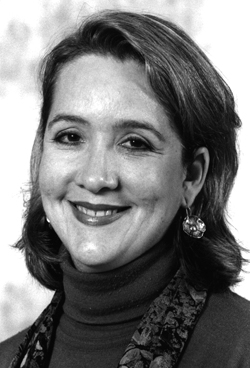Going Back to Creativity's Source
Free from self-consciousness, the very young have much to teach us
By Siddhartha Mitter
Clad in their fairy princess best, two four-year-old girls dance in a living room to the sound of piano music. Untrained and undirected, they shift rhythms and patterns, invent steps and rituals, and mug for the camera and each other.
It’s a performance you’d find on any family highlight reel – but for Lori Custodero, it’s also a powerful illustration of how children can express themselves creatively, free of the inhibitions and constraints that so often saddle adults.
Custodero, Associate Professor of Music and Music Education at TC, has spent her career studying children’s expression of creativity and the settings and tools that support or suppress that process.
Earlier this year, at a session of the University Seminar on Innovation in Education, held at TC, Custodero shared insights from her research that might illuminate the broader question of fostering creativity at a time when, according to a recent Newsweek cover story, that quality, long a hallmark of American society, is in crisis. Her focus was on what she called the relationship between adult creativity and childlike ways of being.
“Many of us do spend a lifetime going back into our childhoods to regain that freedom and spontaneity,” Custodero said.
She shared the story of a musician who, forced to leave a concert tour to travel to the bedside of a dying parent, copes by retreating to her hotel room to play the viola wearing her concert outfit.
Creative expression is also characterized by a healthy relationship to making mistakes, Custodero said: that is, seeing mistakes not as faults, but as launching points for improvisation. She played a famous recording of Ella Fitzgerald singing “Mack the Knife,” in which Fitzgerald forgets many of the lyrics and improvises her way to a sassy new rendition of the old classic.
From research with preschoolers, Custodero has identified indicators of creativity: for example, when children self-initiate an activity, self-correct, show a deliberate quality of gesture, anticipate and expand the activity, and also extend it, even when teacher tells them it’s over.
But if creativity can be fostered, Custodero said, it can also be inhibited, by everything from environmental conditions and design of learning activities to uninvited interventions by teachers that end up stifling the creative process.
Published Wednesday, Jun. 1, 2011
